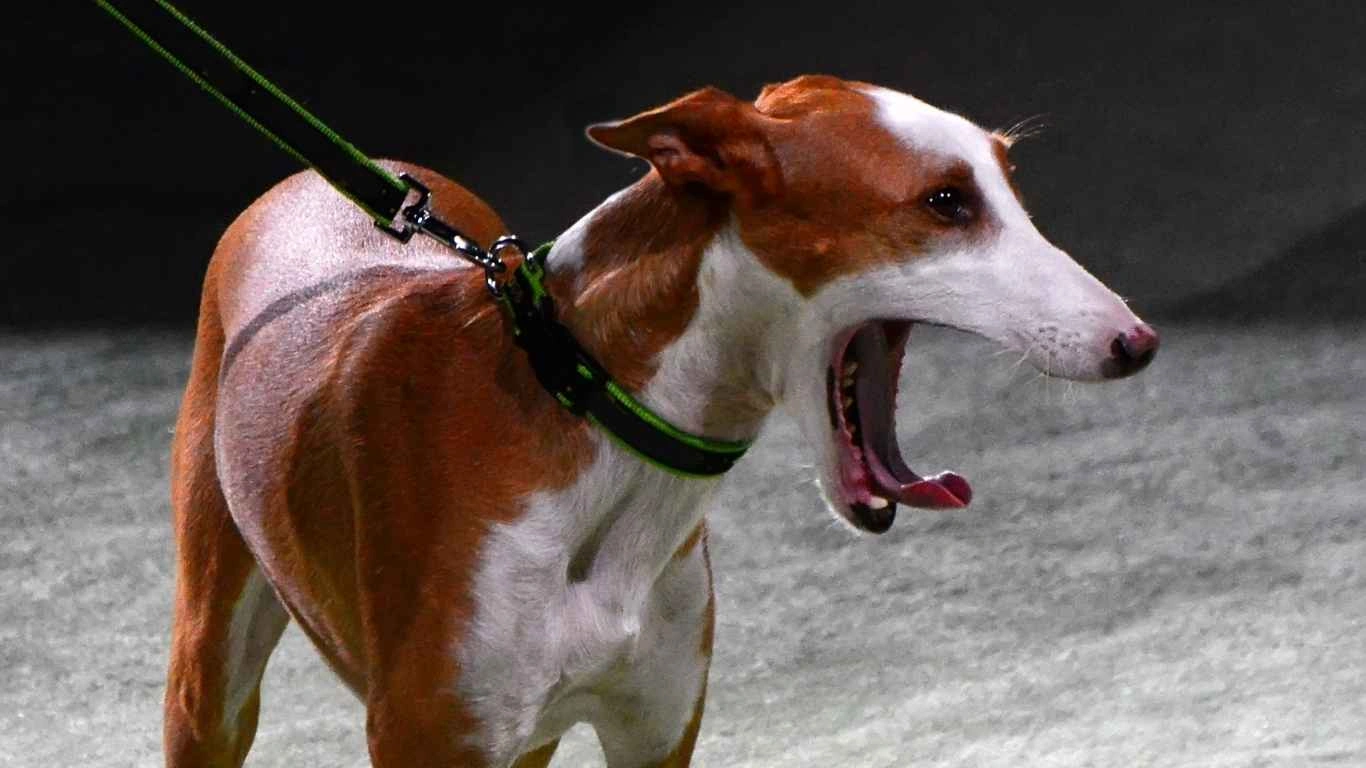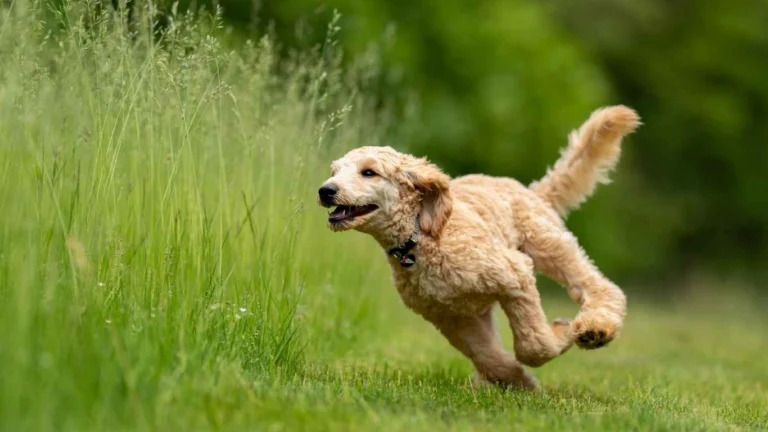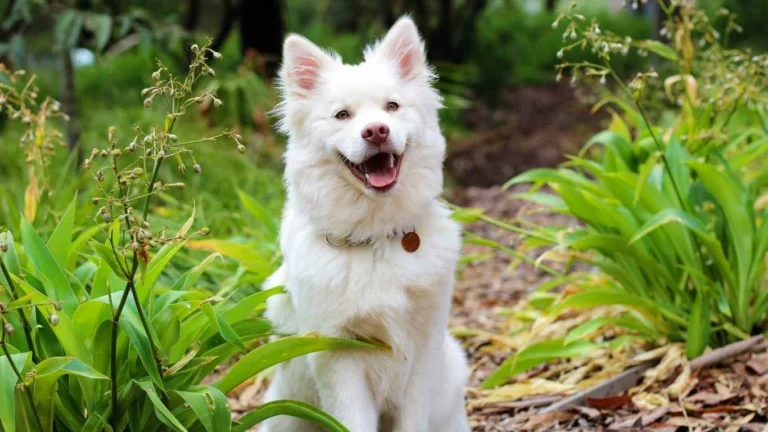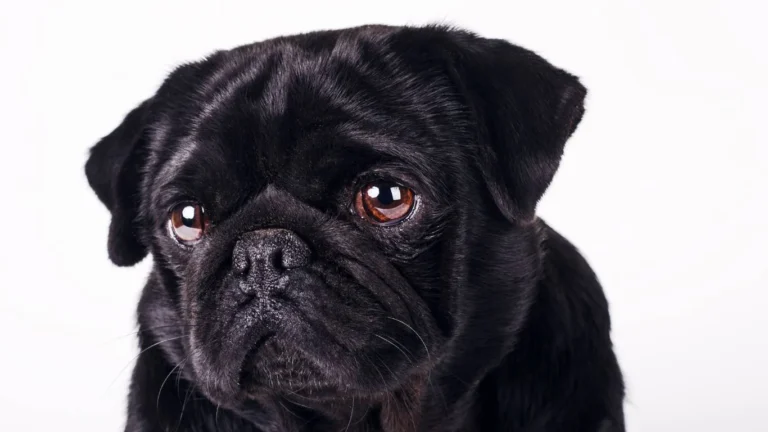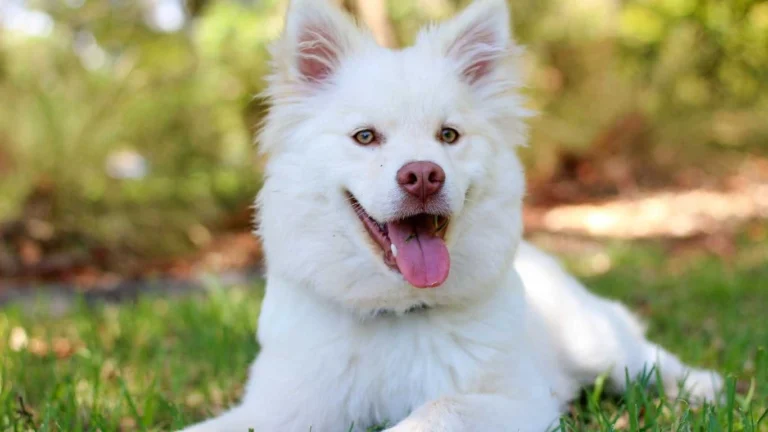Can Dogs Eat Cabbage? Discover Surprising Health Benefits
If you’ve ever wondered, “Can dogs eat cabbage?”, you’re not alone. As an Animal Care Specialist who’s spent countless hours in shelters and pet clinics, I’ve seen a wide range of pet diets—and yes, questions about veggies like cabbage come up more often than you’d think! Whether you’re looking to add a little crunch to your dog’s meals or just curious about safe human foods, cabbage is one veggie that deserves a closer look. So, let’s dig into what makes cabbage a possible treat, what to watch out for, and how to safely introduce it to your furry friend’s diet.
Can Dogs Eat Cabbage? What the Experts Say
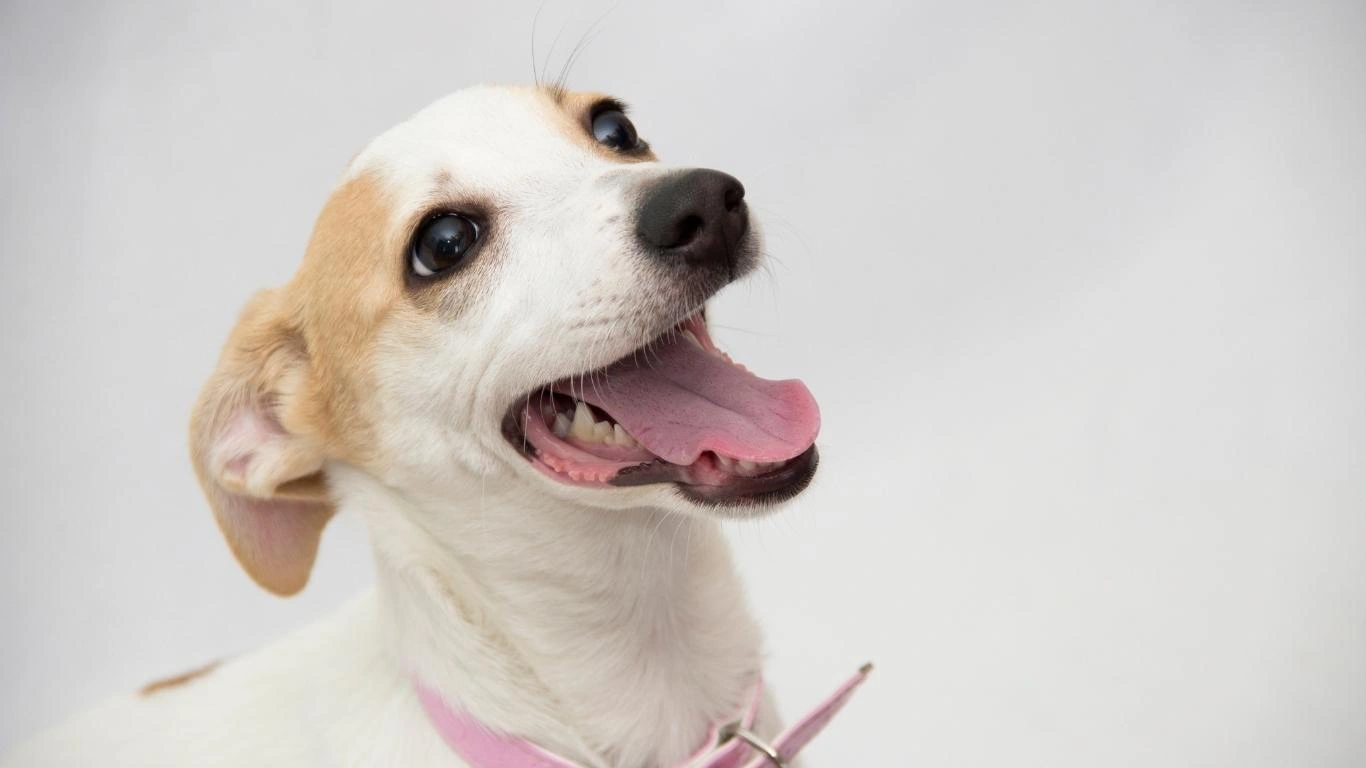
First things first—yes, dogs can eat cabbage, but with some important caveats. Cabbage is packed with vitamins like vitamin C, vitamin K, and a variety of antioxidants. It’s low in calories and high in fiber, which can help with digestion if your dog is a bit on the heavier side or needs more tummy-friendly meals. From my experience, introducing fresh veggies can be a fantastic way to boost a dog’s nutrient intake without adding empty calories.
However, cabbage also contains certain compounds called isothiocyanates. These natural chemicals can irritate some dogs’ digestive systems if given in large amounts. So moderation is the name of the game here. If you’ve ever worked in a shelter, you know how sensitive some dogs’ tummies can be—too much cabbage might cause gas or upset stomach, and nobody wants a bloated, uncomfortable pup.
Why Consider Cabbage in Your Dog’s Diet?
- Rich in Nutrients: Cabbage offers antioxidants that fight free radicals, supporting overall health and immune function.
- High Fiber Content: Helps regulate digestion, which is especially beneficial for older dogs or those prone to constipation.
- Low in Calories: Great for dogs that need weight management without sacrificing flavor or satisfaction.
- Natural Vitamins and Minerals: From calcium to potassium, cabbage can fill in nutritional gaps.
In my time caring for shelter dogs, I’ve noticed that when introduced carefully, many dogs enjoy the crunchy texture of veggies like cabbage. It’s not just about nutrition—it’s also about mental stimulation, giving pups something different to chew on and explore.
How to Safely Feed Your Dog Cabbage
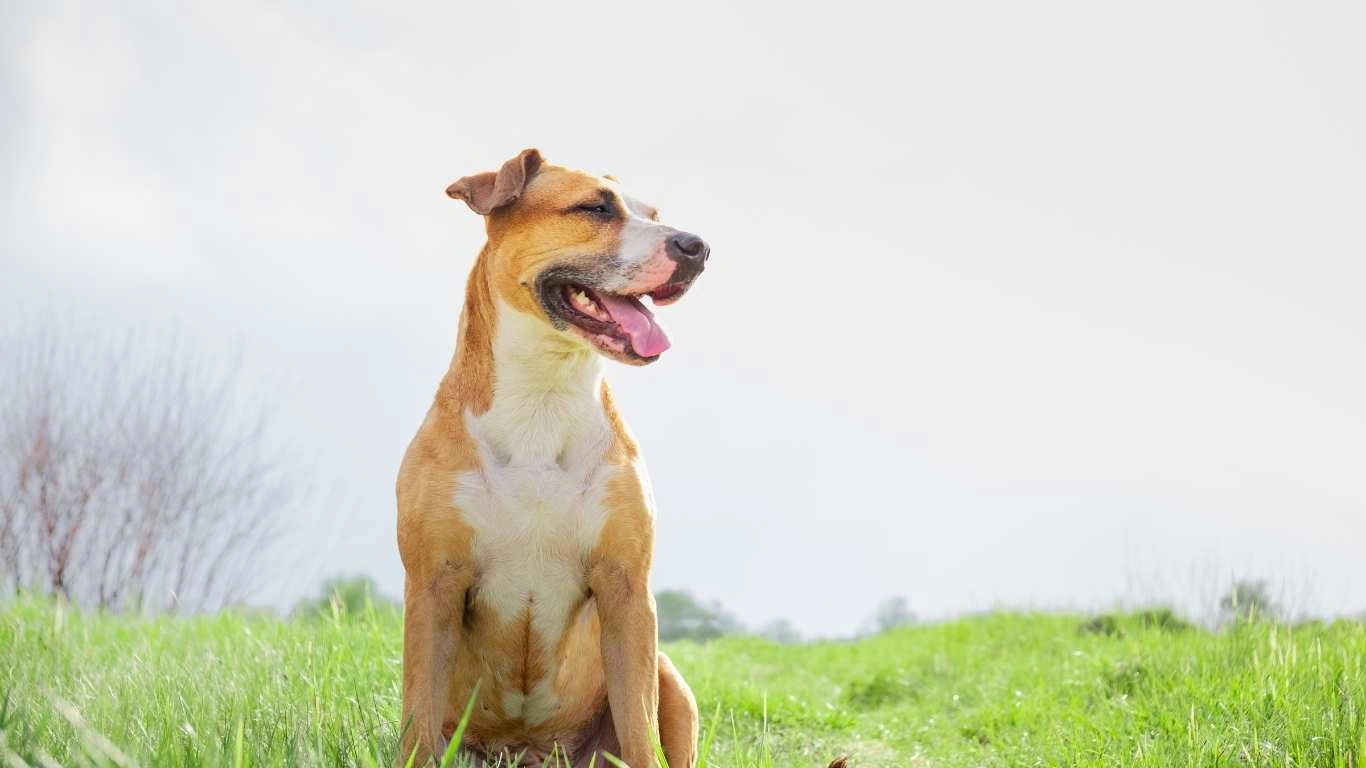
Before tossing a cabbage leaf to your pooch, here are some practical tips to keep in mind, based on what I’ve learned over the years:
Start Small and Observe
Begin with just a few small pieces of cooked or raw cabbage. Cooked cabbage tends to be easier on the stomach because heat breaks down some of those tougher compounds. Keep an eye out for any signs of discomfort like bloating, excessive gas, or diarrhea. If your dog handles it well, you can gradually increase the amount.
Prep Methods Matter
Steaming or boiling cabbage is usually the safest bet. Avoid seasoning, oils, or any additives like onions or garlic, which are toxic to dogs. Personally, I always recommend plain cabbage mixed into their regular food rather than as a standalone treat.
Frequency and Quantity
Moderation is key. Treat cabbage like a supplement or occasional snack rather than a meal replacement. I generally suggest limiting it to a couple of times a week and keeping portions small—think a tablespoon or two for small dogs, and up to a quarter cup for larger breeds.
Potential Risks of Feeding Dogs Cabbage
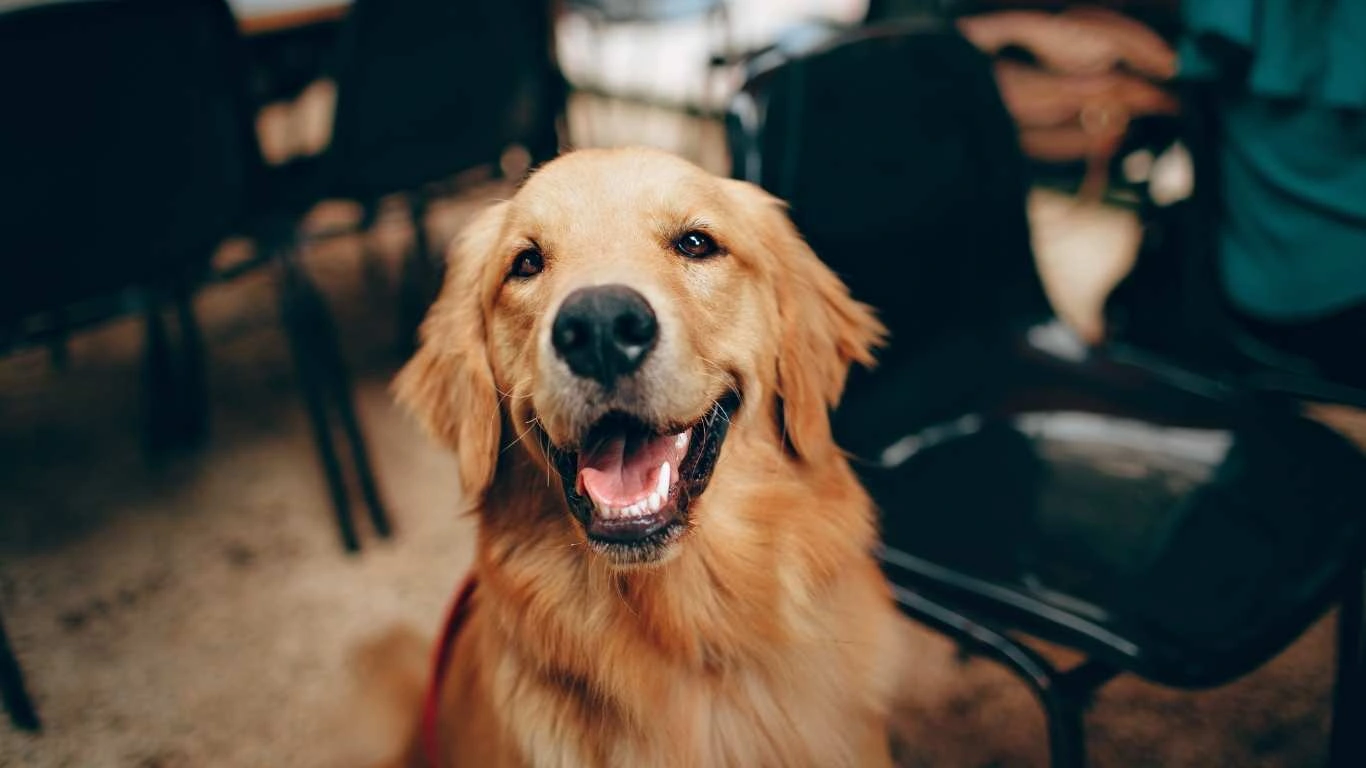
While cabbage can be a healthy addition, it’s important to keep in mind some of the risks involved. From my time in shelters and clinics, I’ve seen dogs react differently to cabbage—some handle it perfectly, while others can get a little… shall we say, uncomfortable.
Gas and Bloating
One of the most common side effects of cabbage is gas and bloating. This happens because cabbage contains fermentable fibers and those isothiocyanates I mentioned earlier. For dogs with sensitive stomachs or existing digestive issues, even a small amount of cabbage can cause tummy troubles. I’ve had clients call in a panic because their dog was visibly gassy and uncomfortable after trying new foods like cabbage. Usually, it’s not dangerous but can definitely be distressing for your pet and you.
Thyroid Concerns
Another thing to consider is that cabbage belongs to the cruciferous vegetable family, which contains substances called goitrogens. These can interfere with thyroid function if given in large amounts over time. While occasional small servings probably won’t affect your dog’s thyroid, it’s something to watch out for, especially if your dog already has thyroid issues or is on medication.
Choking Hazard and Preparation Safety
Raw cabbage leaves can be a bit tough and sometimes hard for dogs to chew properly, which can pose a choking risk—especially for smaller breeds or dogs that tend to gulp their food. From personal experience, shredding or cooking the cabbage helps a lot. Never add seasoning, butter, or any other human flavorings that might be toxic or upsetting.
Which Dogs Should Avoid Cabbage?
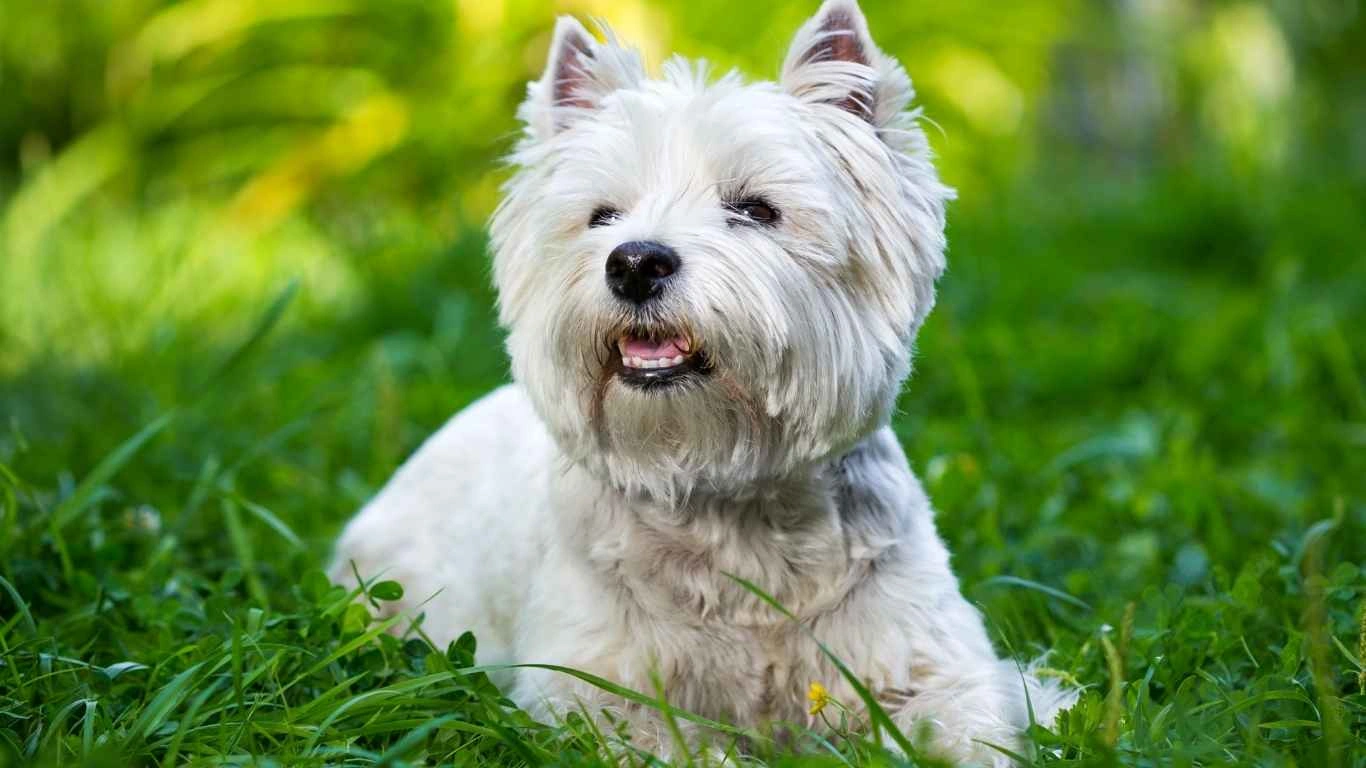
Not all dogs are great candidates for cabbage. Based on my work with shelter animals and clinic visits, here are some groups that should probably steer clear:
- Dogs with digestive sensitivities: If your dog frequently has upset stomachs, diarrhea, or gas, cabbage might make things worse.
- Pups with thyroid problems: As mentioned earlier, goitrogens in cabbage can interfere with thyroid hormones.
- Very young puppies: Their digestive systems are still developing, so introducing fibrous veggies too early can cause issues.
- Dogs with food allergies: While rare, some dogs can be allergic to certain vegetables, including cabbage.
When in doubt, it’s always best to check with your vet before adding any new foods to your dog’s diet—especially something like cabbage that isn’t a traditional dog food staple.
How I Introduce Cabbage to Shelter Dogs

In shelters, where I’ve cared for many dogs with varying health needs, I’ve developed a simple approach to safely introducing cabbage. Here’s a little behind-the-scenes peek at what works:
- Start with cooked, plain cabbage: Steamed is best, no salt or seasoning.
- Small portions: I usually mix a teaspoon or two into their regular kibble or wet food.
- Watch and wait: After introducing cabbage, I observe the dog for 24-48 hours for any digestive upset.
- Gradual increase: If no issues arise, I slowly increase the portion size over time.
- Consistency and variety: I don’t feed cabbage every day—just as an occasional supplement alongside other veggies and proteins.
This method keeps dogs healthy, happy, and curious about their food, and it prevents any sudden tummy troubles. If a dog shows any sign of discomfort, I immediately stop feeding cabbage and reassess.
Other Veggies That Pair Well with Cabbage

If your pup likes cabbage, chances are they’ll enjoy a mix of other dog-safe vegetables too. Here are some favorites I recommend based on experience and vet guidance:
- Carrots: Crunchy, sweet, and full of beta-carotene.
- Green beans: Low-calorie and packed with vitamins.
- Sweet potatoes: Great for fiber and natural sugars.
- Zucchini: Mild flavor and easy on the stomach.
Mixing veggies can add variety and nutrients without overwhelming your dog’s digestive system. Just remember the golden rule: introduce new foods slowly and watch for any reactions.
Tips for Making Cabbage a Healthy Part of Your Dog’s Routine

After years working directly with dogs in shelters and clinics, one thing is clear: every dog is unique, and so is their tolerance for new foods like cabbage. Here are some tried-and-true tips to make cabbage a safe, enjoyable part of your dog’s diet:
Keep It Simple and Natural
When it comes to feeding cabbage, less is definitely more. I always recommend sticking to plain, steamed cabbage without any oils, butter, or seasoning. Dogs don’t need the extra salt or spices that humans love, and those additives can even be harmful. Cooking cabbage softens it up, making it easier to digest and less likely to cause gas.
Mix It with Their Regular Food
Rather than giving cabbage as a standalone treat, I like to mix small amounts into my dogs’ regular meals. This blends the flavors and textures so they don’t get overwhelmed. It’s a gentle way to introduce new tastes and helps reduce the risk of digestive upset.
Watch Your Dog’s Reaction
From my clinic experience, monitoring your dog after introducing any new food is critical. Watch for signs like loose stools, vomiting, excessive gas, or changes in appetite. If any of these pop up, stop feeding cabbage and consult your vet.
Use Cabbage as a Treat, Not a Staple
Cabbage is great for adding variety but shouldn’t replace a balanced, species-appropriate diet. Dogs thrive on protein and fats primarily, so keep cabbage as a supplementary veggie treat, not a main meal component.
Real-Life Stories: When Cabbage Worked (and When It Didn’t)
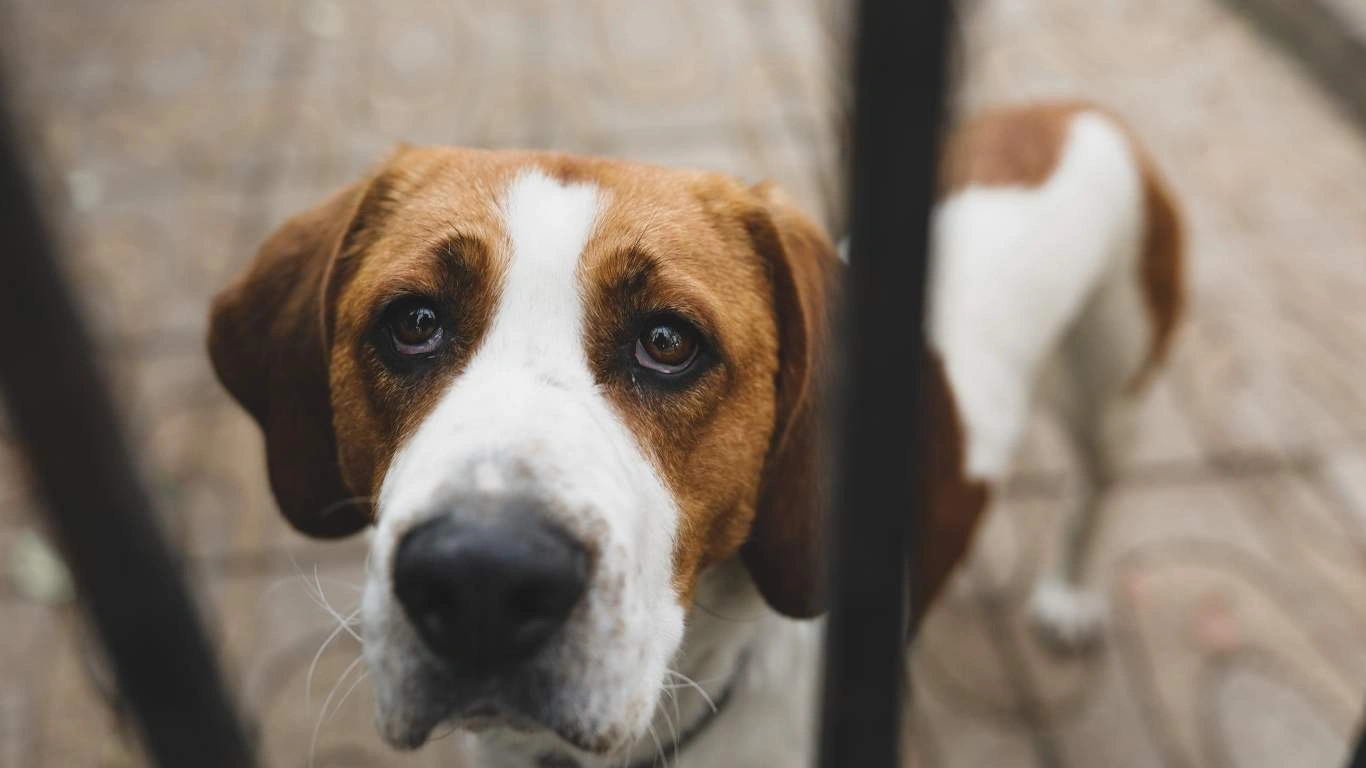
Let me share a couple of personal stories from my time as an Animal Care Specialist that really highlight the “can dogs eat cabbage?” question:
Case 1: I once cared for a golden retriever named Max who was overweight and had mild digestive issues. We introduced steamed cabbage in tiny amounts mixed into his meals, and it helped him feel fuller without extra calories. Max even seemed to enjoy the crunch, and his digestion improved noticeably over a few weeks.
Case 2: Then there was Luna, a small terrier with a sensitive stomach. We tried raw cabbage leaves as a fun chew, but she quickly developed bloating and gas. After switching to cooked cabbage and reducing portions, her symptoms cleared up. This showed me firsthand how important preparation and moderation are.
These stories aren’t isolated. They illustrate how cabbage can be both a helpful addition or a problem food depending on your dog’s unique needs.
Final Thoughts on Feeding Your Dog Cabbage
In the end, can dogs eat cabbage?—the answer is yes, but with some thoughtful care and attention. If you approach it slowly, watch your dog closely, and stick to simple prep methods, cabbage can be a nutritious, low-calorie treat that adds variety to your pup’s diet. Remember, though, every dog’s digestive system is different, so what works for one might not for another. When in doubt, don’t hesitate to reach out to your vet or a trusted animal care professional.
References
Disclaimer
This article is intended for informational purposes only and does not replace professional veterinary advice. Always consult your veterinarian before introducing new foods like cabbage to your dog’s diet, especially if your dog has pre-existing health conditions or dietary restrictions. Every dog is unique, and what works well for one may not be suitable for another.
